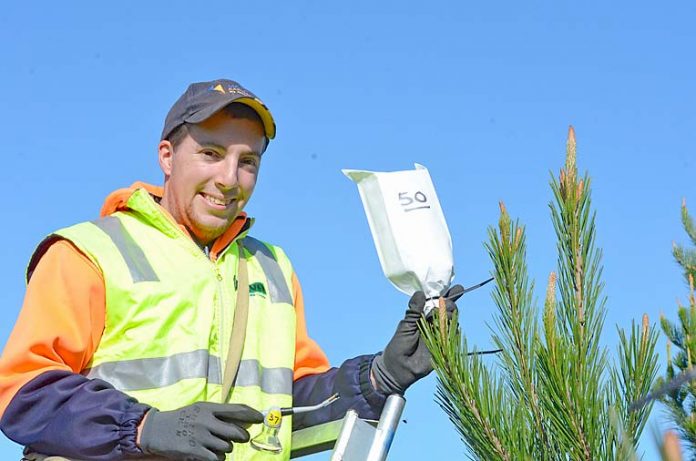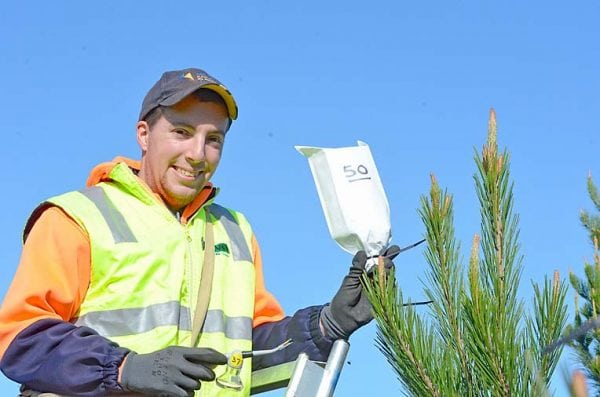

LEADING forestry industry researchers and a national forest products lobby group have welcomed news a national innovation institute node will become operational in Mount Gambier within months.
This follows the State Government finally announcing it will come on board and match the $2m commitment from its federal counterparts.
The innovation hub is expected to cement the Mount Gambier district as a national hub for softwood forestry research and will build on ground-breaking genetic research already under way in the region.
The institute node has been spearheaded by the Australian Forest Products Association (AFPA) and was a key election pledge by Member for Barker Tony Pasin.
Considered a breakthrough for the forestry sector, it is hoped the institution will rebuild the region’s research capability following the closure of the CSIRO facility near Mount Gambier 13 years ago.
Southern Tree Breeding Association – a national genetic breeding body for the commercial forestry sector – yesterday praised the commitment from both governments to get the new institute off the ground.
Association spokesperson Dr Tony McRae said the institute would bring research capacity to the region and would complement the genetic tree breeding work under way.
“This is particularly important because we have lost capacity over the last decade or more with the CSIRO leaving the area,” Dr McRae said.
“These research hubs are very important – we must play a key role in bridging the gap.”
He said the project would provide better linkages with researchers already working within universities, including UniSA.
“Our organisation does the tree breeding for companies on a national basis, but to do it effectively we need good research and development underpinning the methodology we use in the programs,” Dr McRae said.
He said there had been major advances in tree breeding, but more was needed in terms of driving efficiencies, improving wood quality and tapping into emerging technology such as the use of drones.
AFPA chief executive officer Ross Hampton also welcomed news the node had attracted two-tier government funding.
“This investment is recognition that in a carbon constrained global economy in which renewable resources are at a premium, the forest products industry can play a key role in Australia’s innovation agenda,” Mr Hampton said.
“With a $2m commitment from the Federal Government and additional commitments from industry over time, the institute has the potential to become the focal point of a strategic network of research ‘nodes’ that reflect industry priorities and reinforcing the good work being done in other industry-led research and development efforts.”
The National Institute for Forest Products Innovation will have two nodes – one in Mount Gambier and the other in Launceston in Tasmania.
The Mount Gambier institute node is expected to be operational by the end of this year and will be housed at the Mount Gambier UniSA campus.
Forestry and timber processing companies are expected to pour money into the node for specific industry-focused projects.







